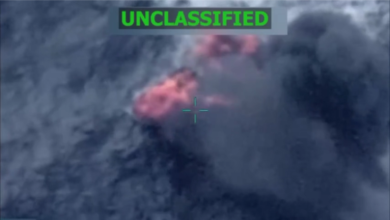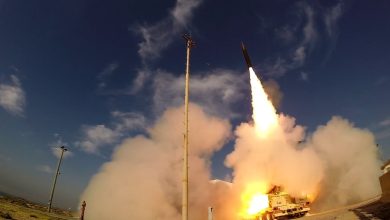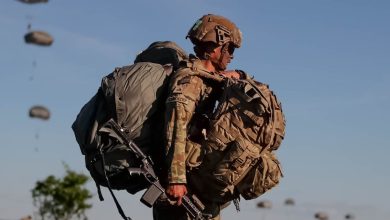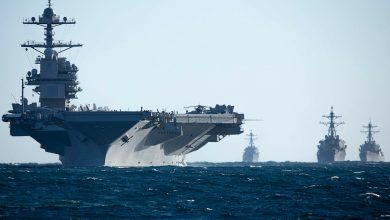Marines want to add counter-drone weapon to amphibious vehicle
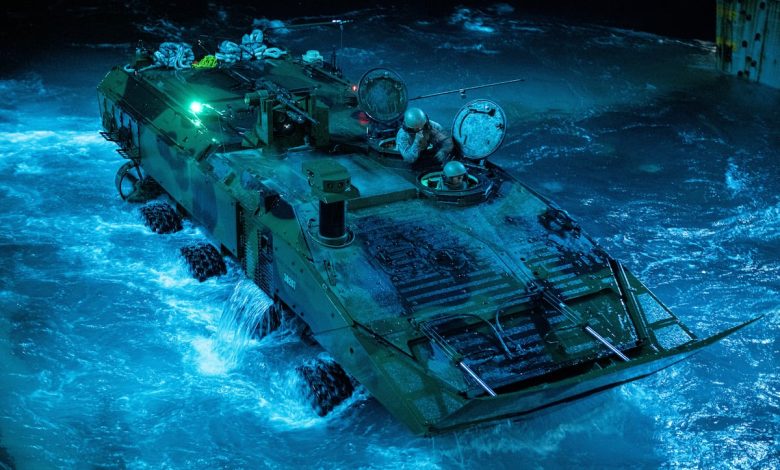
As final tests get underway for Amphibious Combat Vehicle variants sporting 30mm cannons and crane hooks, the Marine Corps is exploring how to incorporate another add-on: a counter-unmanned aerial systems capability.
Col. Tim Hough, the Corps’ program manager for advanced amphibious assault, speaking Tuesday at the Modern Day Marine expo in Washington, said the ongoing conflict in Ukraine has propelled counter-unmanned aerial systems, or counter-UAS, weaponry onto a priority list of add-on capabilities for the vehicle.
“What’s kind of growing as everybody’s been watching the fight in Ukraine over the past four years is that counter-UAS threat,” Hough said. “It’s no secret, and armored vehicles are a juicy target on the battlefield. And I don’t think the ACV would be any different.”
The form that counter-UAS capability might take hasn’t yet been determined. Hough said the Corps was in the “market research” phase of evaluating the need, and still developing a sense of “what’s in the realm of the possible.”
“Unlike any other armored platform on the battlefield, we have a unique requirement, and that’s, we’ve got to push a 72,000-pound brick through the water upwards of 12 nautical miles,” he said. “Every time we bolt on another capability, we’ve got to make sure we’re not getting ahead of ourselves with the amount of weight we can put on the vehicle before we start limiting that water mobility.”
Among possibilities under evaluation include a counter-UAS radar that’s integrated with the vehicle’s turret, Hough said, but “it’s wide open at this point.”
RELATED
The ACV is the Corps’ first new amphibious vehicle in half a century, fielded to replace what Hough described as the service’s “armored Winnebago,” the Assault Amphibious Vehicle. But the ACV has already notched a unique Marine Corps milestone, Hough said, conducting a waterborne gunnery mission with its onboard Mk 19 40mm grenade machine guns last year during its first Pacific deployment.
More armament is on the way. The ACV-30, with an integrated 30mm cannon that will allow the vehicle to destroy enemy armored vehicles, is set to reach initial operational capability, signifying readiness for combat, in 2026. The final ACV variant, one with an attached crane for repair and recovery missions, is set to follow in 2027.
Operational testing for the ACV-30 kicked off earlier this year at the U.S. Army Aberdeen Test Center in Maryland and Camp Pendleton, California; the vehicle is now undergoing cyber vulnerability testing, Hough said.
As the ACV, following early mishaps including a 2020 vehicle sinking that caused the deaths of nine service members, now charts a more stable course, Hough said a number of market research requests will be published later this year into additional capabilities — like the counter-UAS weapon — that will help to modernize and add new capabilities.
Other items on Hough’s wish list include improvements to water maneuverability, responsiveness and speed; greater task automation for drivers; noise reduction; and improvements to situational awareness.


